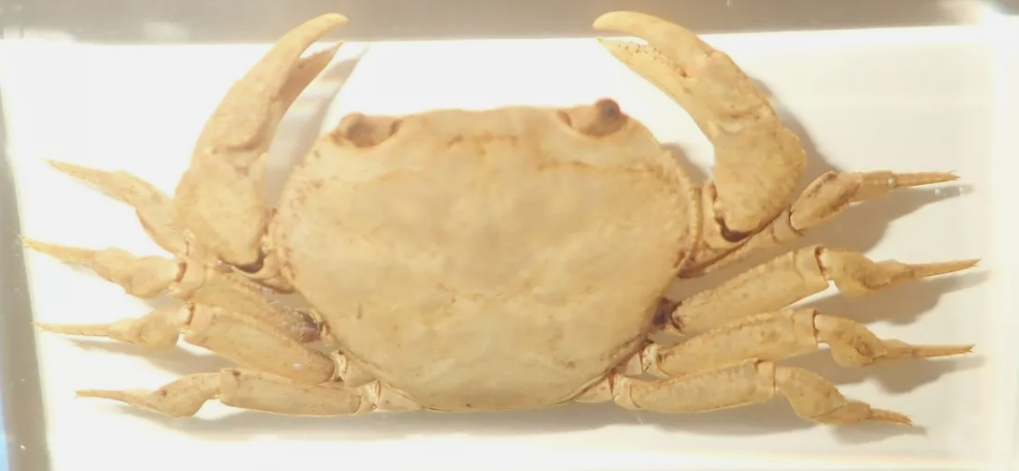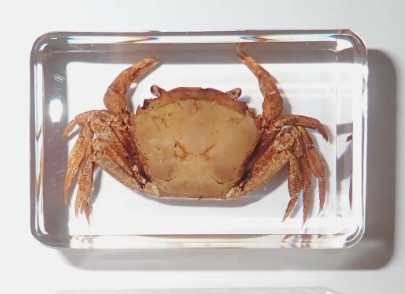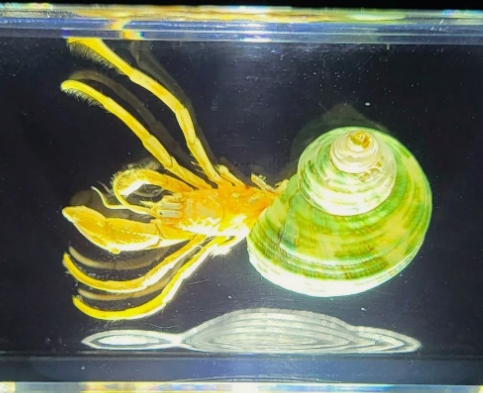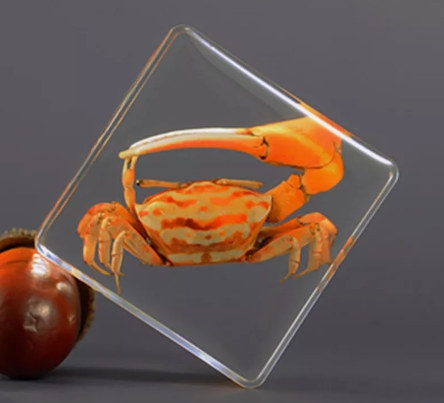Crab specimens, as part of the specimen collection, attract many enthusiasts with their unique forms and rich colors. Crabs are not only delicious seafood, but also an important part of Marine ecology, and their habitats and living habits provide valuable information for scientific research.
The process of preparing crab specimens requires careful steps. First of all, choose fresh crabs and keep their shape and color intact by proper handling and fixing. It is then dried or treated with preservatives to ensure that the specimen is preserved for a long time without deterioration. Finally, place the crab specimen in a suitable display box for display and observation.
Crab specimens are not only tools for scientific research, but also works of art. In museums and science classes, they reveal the diversity and wonder of Marine life. When we appreciate crab specimens, we can not only feel the beauty of nature, but also enhance our understanding of Marine ecology and protection awareness. Whether students, scientists, or casual enthusiasts, stuffed crabs inspire a love of nature and a desire to explore it.




